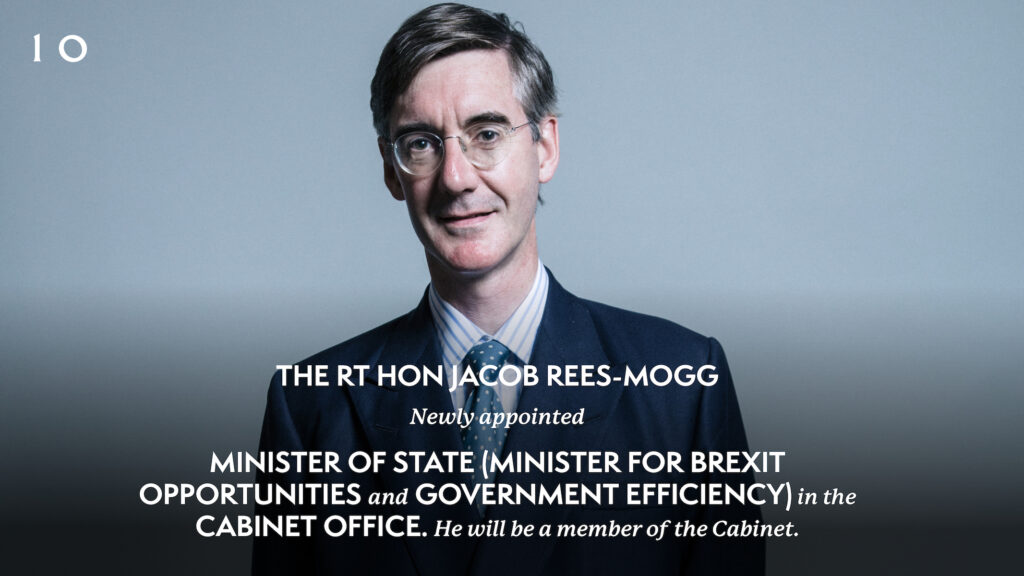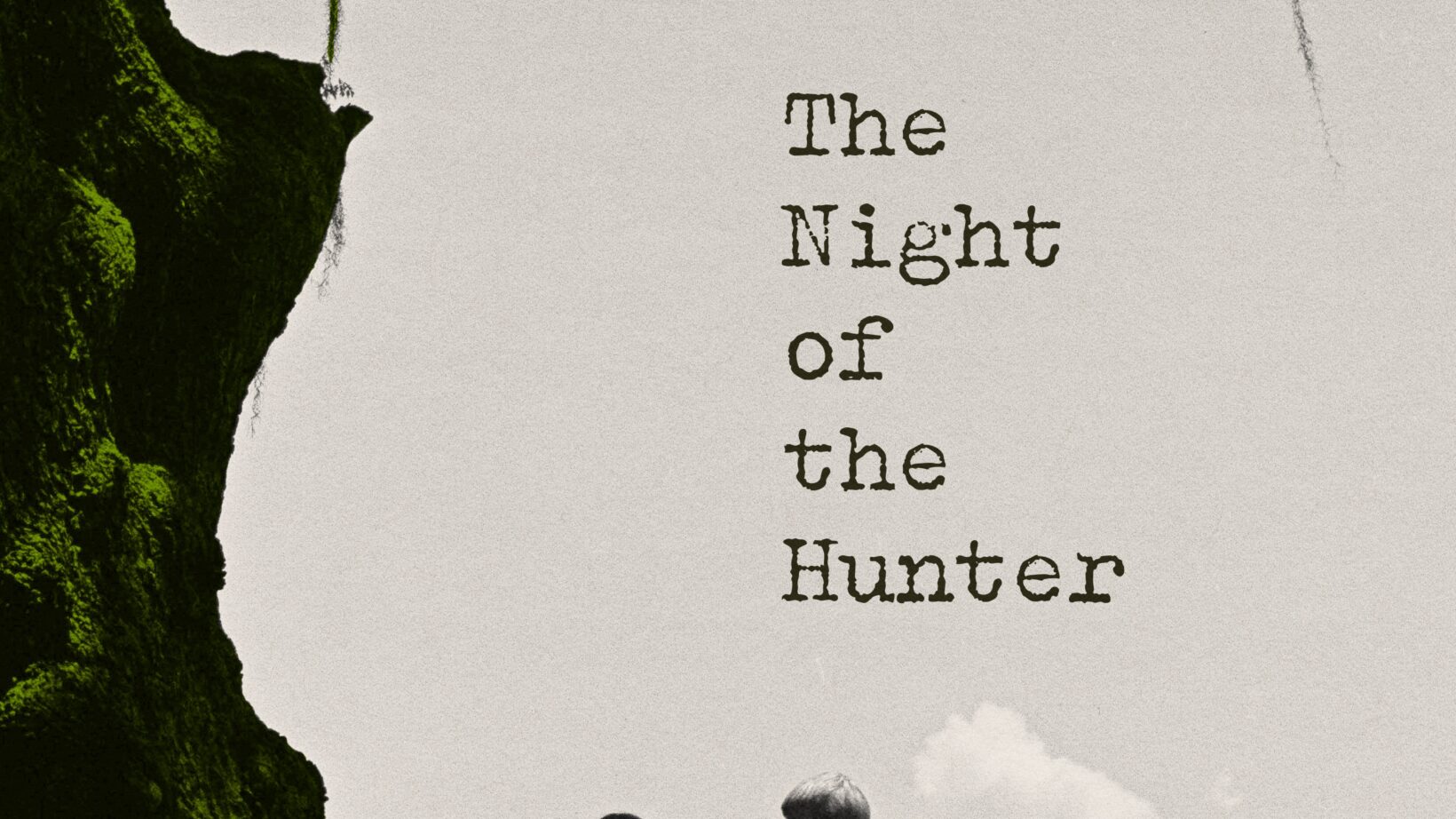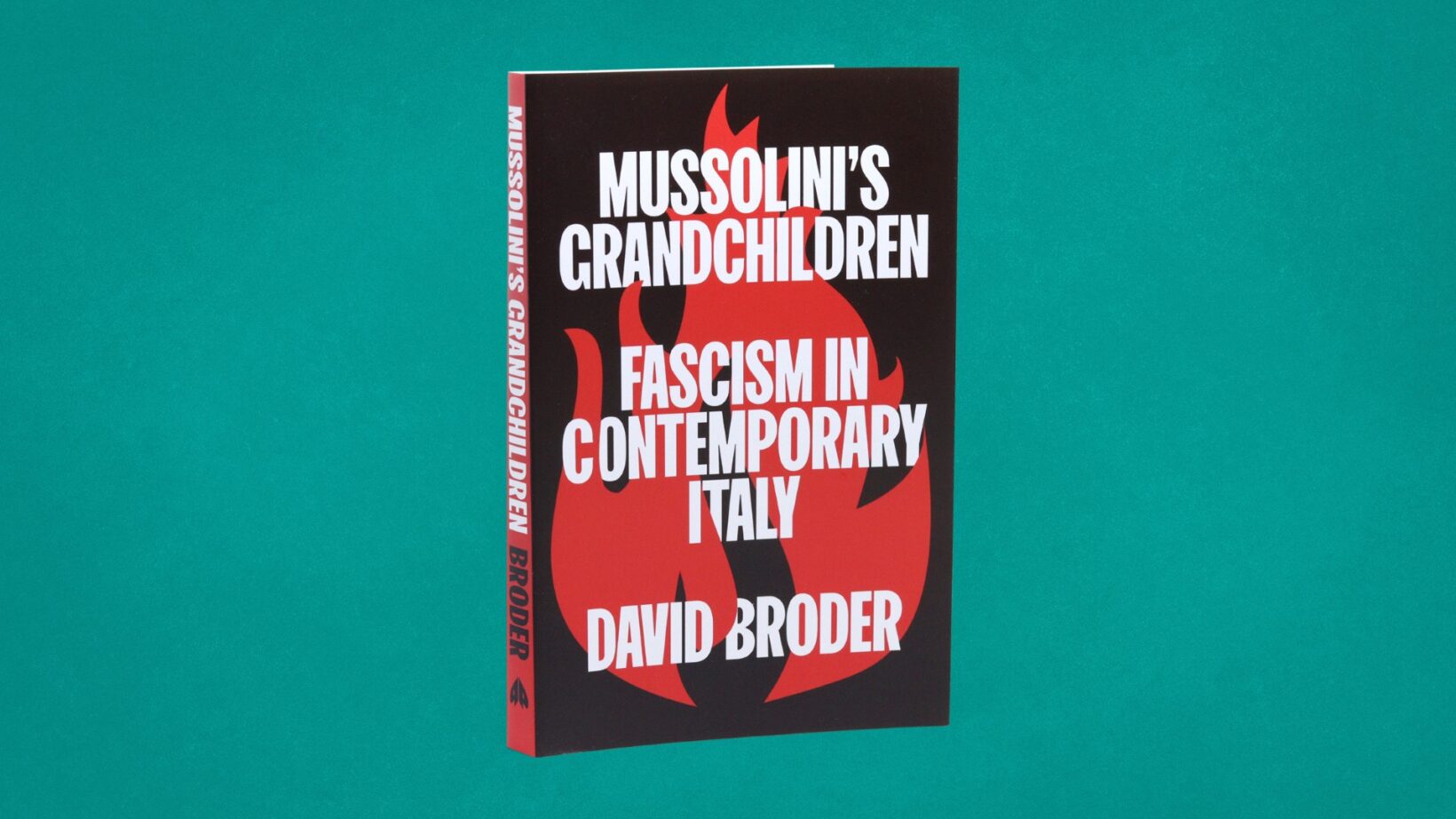In current British politics, the theatre of simulated government is everything.

On the Twitter page for Number 10 Downing Street, I half expect the image announcing the movement of Jacob Rees-Mogg to his new post of Minister of State (Minister for Brexit Opportunities and Government Efficiency) in the Cabinet Office to include him dramatically holding a ministerial red box out to the camera, the way that chancellors do before delivering a budget. These images of newly appointed and reshuffled – or “heshuffled,” depending on how much attention you pay to the gender diversity in this latest batch of government shifts – look familiar in an unfamiliar way. When Eriksen joined Brentford earlier in February, his pose and smile were the same as those of the reshuffled ministers in Boris Johnson’s government. Another image of Eriksen (his Twitter profile picture at the time of writing), features him wearing a Brentford shirt, while holding another one out for the camera, with his name and number emblazoned on the back. It’s tempting to imagine the Prime Minister and his aides frantically fretting around Number 10 like they’re waiting for some kind of political transfer deadline day. And in a way, they are; even as Johnson has managed limp on past the Sue Gray report, and the way his slurs in the House of Commons have inflamed and amplified far-right voices, the question of exactly how long he’ll be able to last remains on the lips of politicians and commentators.
The echo of new players joining football teams that seems to exist in the Twitter rollout for this reshuffle captures something compelling about the relationship that the machinery of government has with the spinning of its procedural, proverbial wheels, and how it manages to spin that into substance. With the reshuffle, it’s an echo of an echo, a caricature of a stock image; a kind of political/pop-cultural simulacrum. The image looks and feels familiar; it can be seen in other parts of the landscape, but at the same time, something about it seems off. The theatricality of it – heightened by some of its aesthetic similarities to sport – seems to become the event in itself, a Baroque gesture towards substance that does its best to fill the void created by the very lack that it represents. There’s only so much that can be done to make a ridiculously vague job title like Minister for Brexit Opportunities and Government Efficiency seem glamorous, so falling back on almost stock images associated with other, more traditionally eye-catching fields makes sense, even if it does end up casting the gaze towards the emptiness it tries to disguise, covering it up with a version of a version of something familiar.
But this tension between procedure and action, style and substance, is about more than just the aesthetics of the reshuffle, even if that does play an important part in it. Instead, like a mirror — hidden with smoke – this reshuffle, and everything that it (doesn’t) say, speaks to the political reality of Boris Johnson’s premiership. The purpose of this reshuffle was to try and (re)establish some semblance of order after what can charitably be called a rough few weeks for the government. But Johnson’s position is so precarious that he’s had to try and do it without actually sacking anyone; it seems as if anyone shown the door is seen as someone who would be showing Graham Brady a letter of no confidence as soon as they’ve made their way past cameras gathered outside Number 10. The question becomes, just how much substantive change can a government reshuffle carry with it when there’s no room to make major shifts of any kind. Even Mark Spencer, the beleaguered former chief whip, has managed to stay in government as the current leader of the house (the job that used to be JRM’s). The reshuffle/transfer of Spencer was posted by Number 10’s Twitter account on February the 8th. On the morning of the 9th, it was revealed that the government’s ethics adviser was probing allegations of Islamophobia against him. While the ship of government might not yet be getting christened as the Titanic, there’s something to be said about the rearrangement of their deck chairs.
Procedure-as-substance isn’t only the remit of a limping government; the nature of politics and spin means that one is often transformed into the other, something made clear by the fact that an entirely lateral reshuffle was described by a spokesman for Number 10 as “immediate changes to improve how the No 10 operation works.” Even the Sue Gray Report, which so many seemed to expect to be the final shot that this premiership could take, ended up with a whimper rather than a bang; partly because the amount of substance it could offer was gradually stripped away, turning it instead into something procedural, lighter, easier to shrug off. But beyond that, the amount of substantive impact that the Report could have had outside the bubble of Westminster was decidedly limited: voters didn’t need a Whitehall report to help them make up their minds about if rules were broken by the government, just like any sane person knows that Boris Johnson didn’t need the conclusion of a report to reveal to him whether or not he was at a party (or several). But in the eyes of the government, the Gray Report was also something to be spun; transformed into a can that could constantly be kicked down the road, something that’s now been replaced by the police investigation that could lead to the Prime Minister having to deal with a fixed penalty notice.
The relationship between procedure and substance feels like it can be traced to Brexit; after all, it was the alleged red tape – nothing if not an overabundance of procedure – that was supposed to be holding us back for so long. And by the clock of one Jacob Rees-Mogg, we’ve only got 40-something years left until we start to see the benefits of Brexit. And that makes Brexit, and JRM’s new role in its aftermath an interesting microcosm not just of a reshuffle that presents itself to be everything while functionally being nothing, but also of the limits of procedure – as an end in itself, and as substance. The nature of benefiting from Brexit seems like exactly the kind of brief to be spearheaded by a 2019 intake Tory MP from the Red Wall (which would also potentially do a better job of winning over more wavering MPs), someone representing a constituency that – politically, for the government – probably lives and dies by the extent to which “getting Brexit done” not only happened, but actually had material benefits on the lives of those that wanted it (and even those that didn’t). But the precarious position of the Prime Minister meant that this kind of move, one that might have been inherently more substantive, was impossible to make; for as long as Johnson remains bound up with the question of how close to 54 letters Graham Brady has gotten, then material change will remain something that’s created through the vacuum of aesthetics, rather than brought about by material change.
The aesthetics of this reshuffle aren’t just about a bunch of lateral moves by a government that can’t move forwards, but also a continued recreation of the government benches in the image of Boris Johnson; it’s no wonder that the biggest change was given to Rees-Mogg, a fellow Old Etonian – his new post has been described explicitly as being one that implements policy rather than procedure, those uneasy bedfellows rearing their heads yet again.
After all, it’s the image of Boris Johnson that’s tended to be so successful; the way that he’s been able to spin himself into all things to all men. The reshuffle is another example of this, in what it means for the government to stay the course; not just in terms of Johnson rebuffing any suggestions that he resign, but that he’s also doubling down on the act of Being Boris Johnson. This is something that a lot of MPs considered to be priced into his leadership when he first took office – for better or worse – and his response to the harassment of Keir Starmer and David Lammy by a far-right mob that parroted the very lies that Johnson spoke in the house, is just the latest example of this. Lindsay Hoyle reminded MPs in the House that “words have consequences,” even as Johnson offers clarification after clarification – rather than an apology – for his remarks. This reshuffle is another act of clarification; of airbrushing and refining an image that’s all too familiar, one that’s being put forward as an attempt to represent meaningful change, even as its presence indicates just how much that kind of substance is currently lacking.
Sam is a writer, and one of the founding editors of Third Way Press. Their writing on culture and identity has been published by Frieze, the LA Review of Books, Neotext, and other places. They have written two books, All my teachers died of AIDS (Pilot Press, 2020), and Long live the new flesh (Polari Press, 2022).







